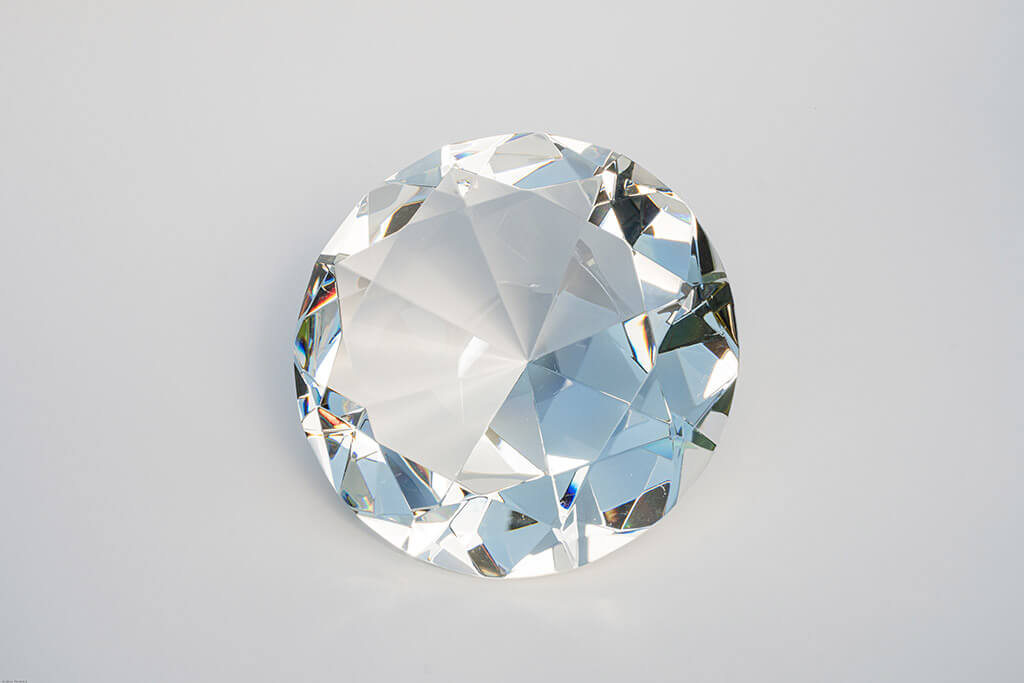Chemically speaking, cubic zirconia is another name of zirconium dioxide or ZrO2 in its crystalline form. Generally, it has no color, but it may be made in colored forms too. It is dominating the global diamond jewelry market. Because of its durability, low cost, and looks and likeness similar to that of diamonds. It has been competing economically and gemologically since its first production commercially which was done in the year of 1976.
Its chemical properties vary from diamonds a lot, for example; its specific gravity is 1.6 times more than that of diamonds. And it is harder than most gems and stones that are used in jewelry. Also having higher dispersion (0.058-0.066) than diamonds (0.044). Its luster is vitreous and it is much more brittle than that of diamonds.
On a simpler note, cubic zirconia is not anywhere near to a diamond except for its looks and visual similarities. Diamonds; be it natural or lab-made, are entirely or mostly made up of carbon. But on the other hand, CZ does not contain a single atom of carbon particles.
What are Lab-grown diamonds?
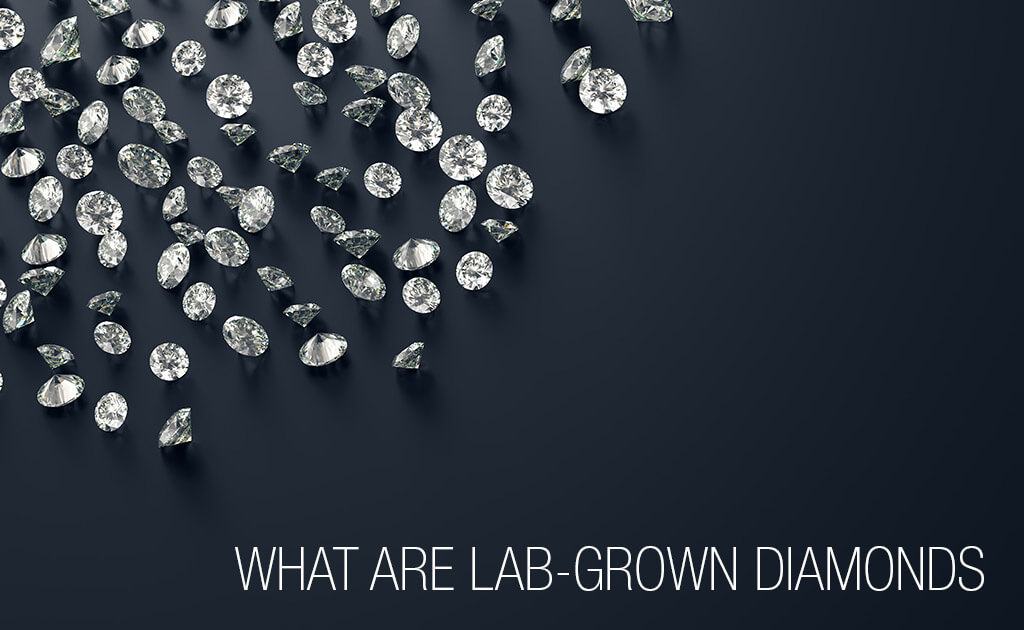
Diamonds that are created synthetically in labs are known as lab-grown diamonds. Other names of these diamonds are created diamonds, man-made diamonds, cultivated diamonds, and cultured diamonds.
They have the same physical properties and chemical compositions to that of the natural diamonds. And hence are not all to be considered fake, even though they are made artificially.
Properties of cubic zirconia
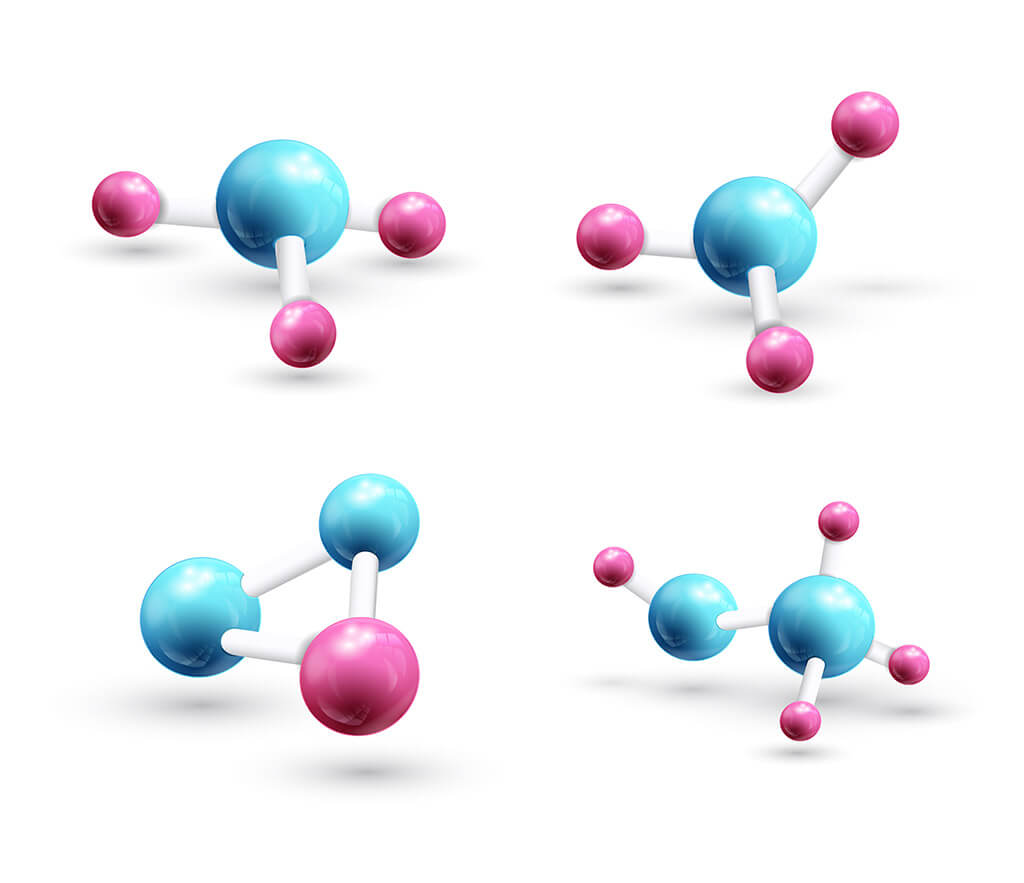
Cubic zirconia has a diamond stimulant attribute and is isometric crystallographically. Under normal atmospheric conditions, zirconium oxide forms monoclinic crystals during their synthesis. A stabilizer like calcium oxide or yttrium is required for the formation of these cubic crystals. And this stabilizer amount varies accordingly with different labs or different manufacturers.
Is A Cubic Zirconia Same As A Lab-Grown Diamond?
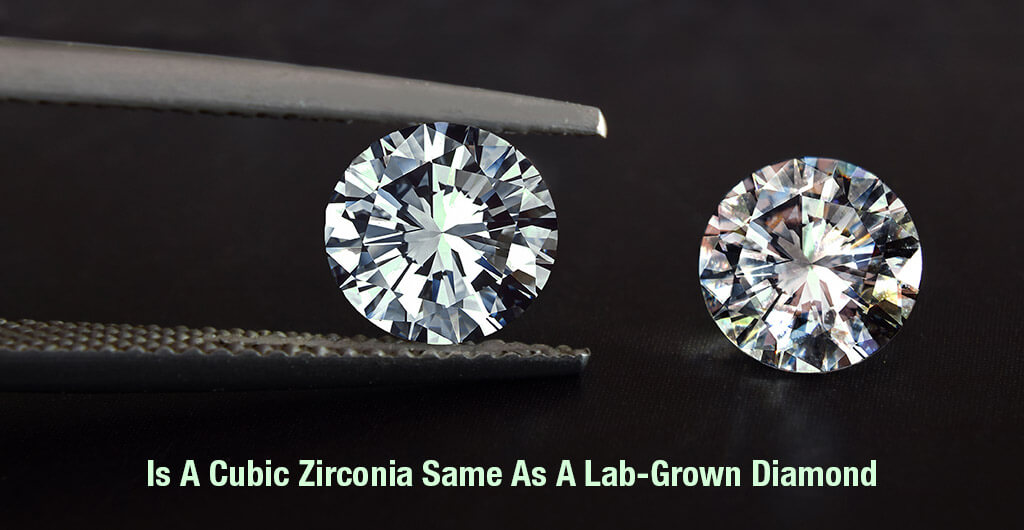
To back up the aforesaid statements; below is a chemical comparison between cubic zirconia and Lab-made diamonds respectively
Chemical Comparison
- Cubic zirconia-ZrO2
- Lab-grown diamonds-Carbon
Purity
- Cubic Zirconia- contains 0 carbon particles
- Lab-grown diamonds- Contain pure carbon
Hardness
- Cubic Zirconia- 10
- Lab-grown diamonds- 8.42
Refractive Index
- Cubic Zirconia- 2.2
- Lab-grown diamonds- 2.42
Basic differences between cubic zirconia and real diamond:
If spoken about in-depth, there are a lot of differences between each of them. Be it their chemical properties or physical properties. Some of the basic differences about them are following below
Price of Cubic Zirconia

This is, of course, the biggest difference between both of these stones according to the global diamond market. Cubic zirconia is a lot cheaper than both natural and lab-grown diamonds. Whereas lab-grown diamonds (be it man-made) have most of the properties similar to that of natural ones. And hence costs almost similar to that of the natural diamonds and is comparatively expensive than CZ.
Electric and Heat conduction properties of cubic zirconia
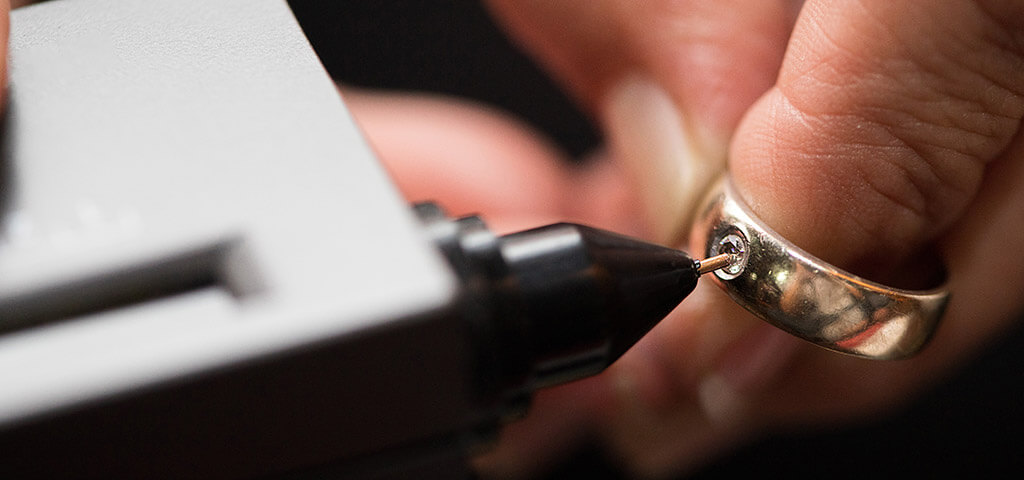
One of the best ways to check whether a stone is a lab-grown diamond or cubic zirconia is to test their conductive properties. Diamond testers have certain devices that can measure and verify the conductive properties of different materials, gems, and stones. And hence they can easily tell the difference whether the stone is cubic zirconia or a lab-grown diamond or not.
Clarity and color
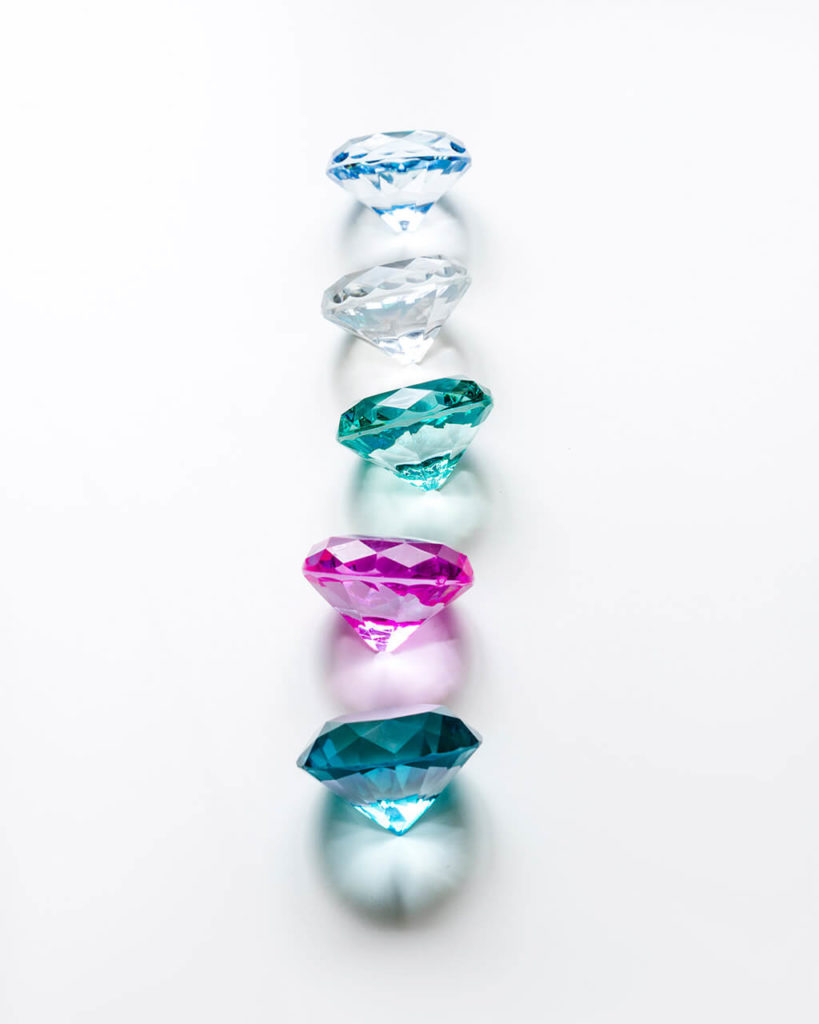
Cubic zirconia is generally colorless and looks clearer than natural diamonds and man-made ones. Lab-grown ones often have a bit of yellowish tint and a bit less clarity from that of the CZ stone.
Weight
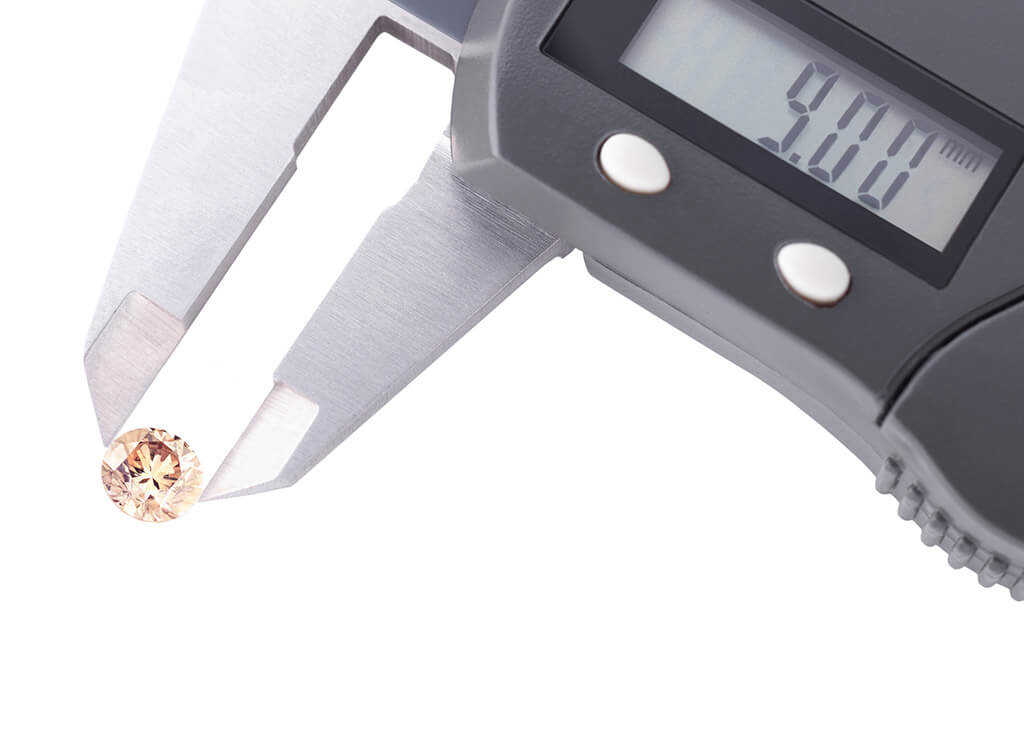
Compared to either natural diamonds or the lab-grown ones, cz stones are heavier. This can be tested by taking two stones, one a cubic zirconia and another one. A lab-grown diamond of similar size, the CZ should be significantly heavier.
Durability
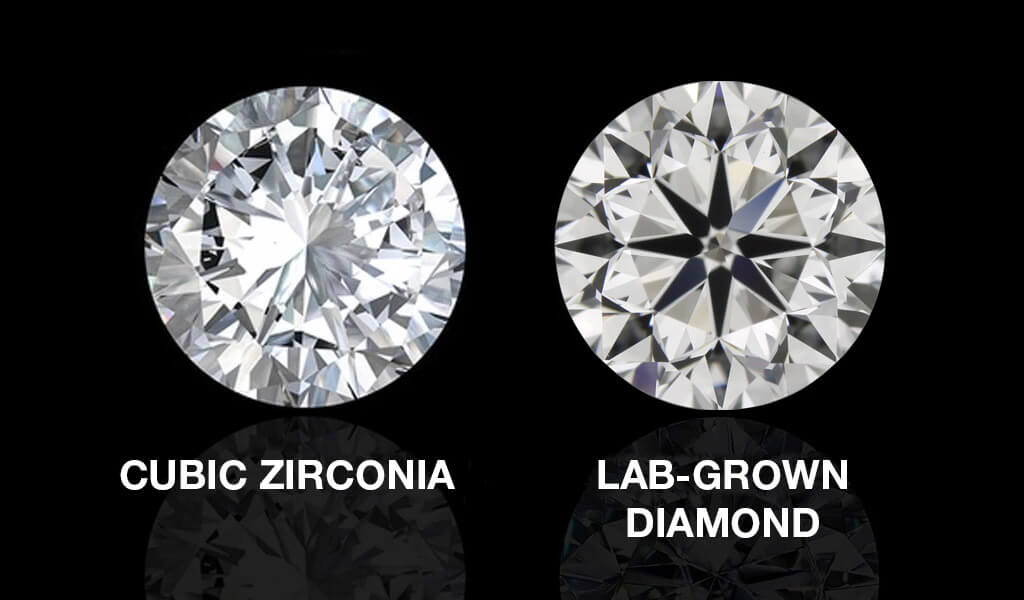
Cubic zirconia shows a rating of 8.5 whereas synthetic diamonds are rate 10 according to the Mohs scale of hardness. Hence, technically CZ has less durability to that of the lab-made diamonds. This is why it gets scratched easily and dulls out eventually with wear.
Cuts and facets
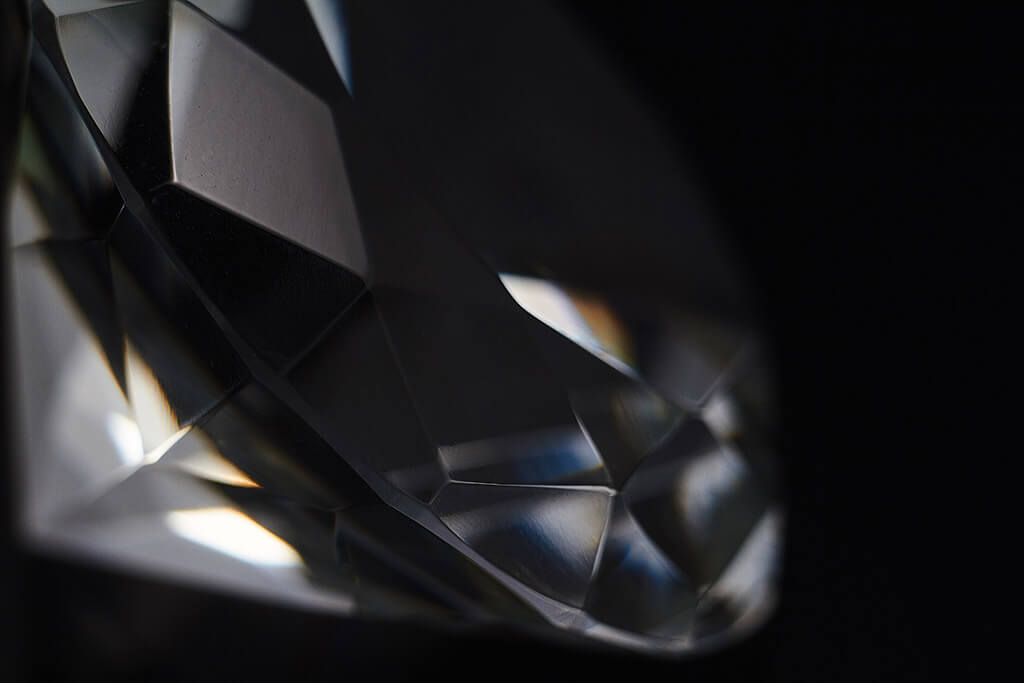
Cubic zirconia is not as hard as lab-grown diamonds or natural diamonds. And hence when they are cut and polished, they show facets with a bit rounded edges. Which become even rounder with time and wear.
Lab-grown diamonds, on the other hand, have exact properties similar to that of natural diamonds. And hence they have very sharp edges.
Dispersion rate
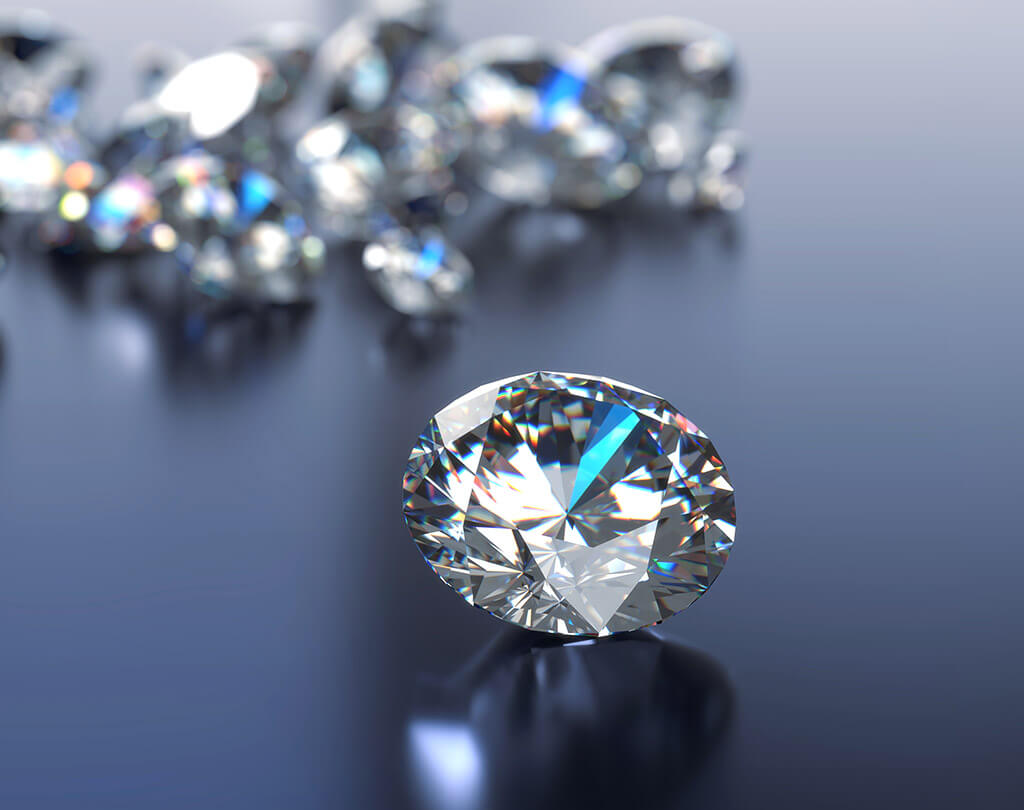
The dispersion rate can be define as the property of stone to break down white light into its seven different colors. Which are also known as VIBGYOR.
Lab-grown diamonds have lower dispersion to that of cubic zirconia. And hence when exposed to any form of white light, CZ diamond flashes out more colorful patterns.
Is It Right to Buy Cubic Zirconia?

It is fine to buy a diamond look-alike, as long as one knows exactly what he or she is buying. It is also essential to know about every aspect of the stone or gem whichever someone wants to buy. Cubic zirconia is extremely inexpensive, meaning it does not cost much to produce and manufacture these diamonds look alike. But, if without any prior knowledge anybody can get scammed or fooled believing they bought a real diamond. If they go with just the visual likeness of the CZ stone which looks so much similar to diamonds.
Economically speaking, CZ’s cost a quarter to that of lab-made and naturally mined diamonds.
Now, if one just to show off a jewelry lookalike to a diamond one it is not at all wrong to opt for cubic zirconia’s. As they look almost exactly similar to the natural ones and hence can never be differed by the naked eye. By someone who doesn’t have any prior information about gemstones or diamond products.
Important Things :
One should also keep some important things in their mind while opting for cubic zirconia jewelry. He or she must consider the physical characteristics of it, for instance; they must consider some aspects:
- With time and regular use, gradually cubic zirconia will fade. And look dull and may not look lustrous as it was when bought in its mint condition.
- As they are more brittle, they are more likely to get scratched or break.
- They may change their color with extensive use over time. And by no means can their original color be brought back by polishing and cleaning
- One should always keep in mind that, cubic zirconia is not to be taken as a long-term option for a jewelry purchase. Or as any form of gifting option for any special occasion.
In the end, it can be said that lab-grown diamonds and cubic zirconia’s are not the same. One can always go for cubic zirconia’s with taking the above-said points in mind. It is not a real diamond just a rip-off and costs cheaper than any form of synthetic diamond. Or a natural one so naturally its longevity also can be reasonably presumed.
But if one wants an absolute choice for diamond jewelry. It is best recommended to go for the lab-grown diamonds, simply because they are and will be “diamonds” for real and just for the same reason. Will be appreciated as the utmost precious and beautiful thing that it is.

